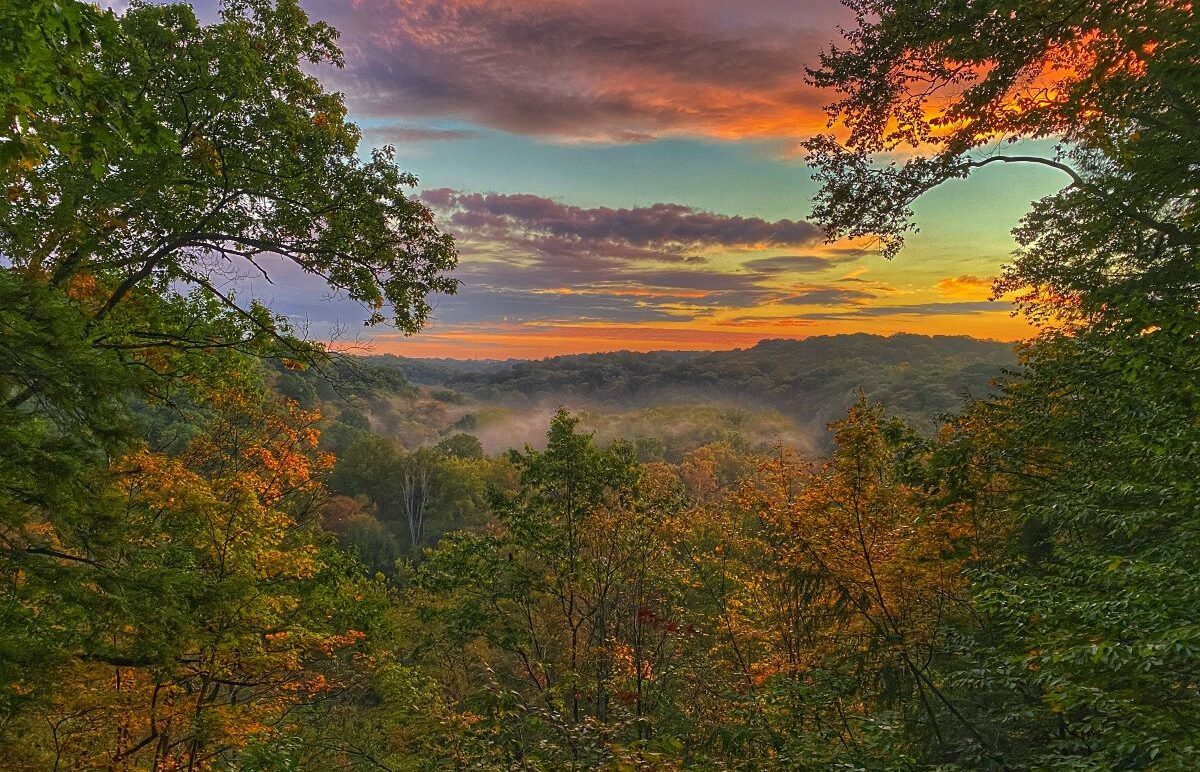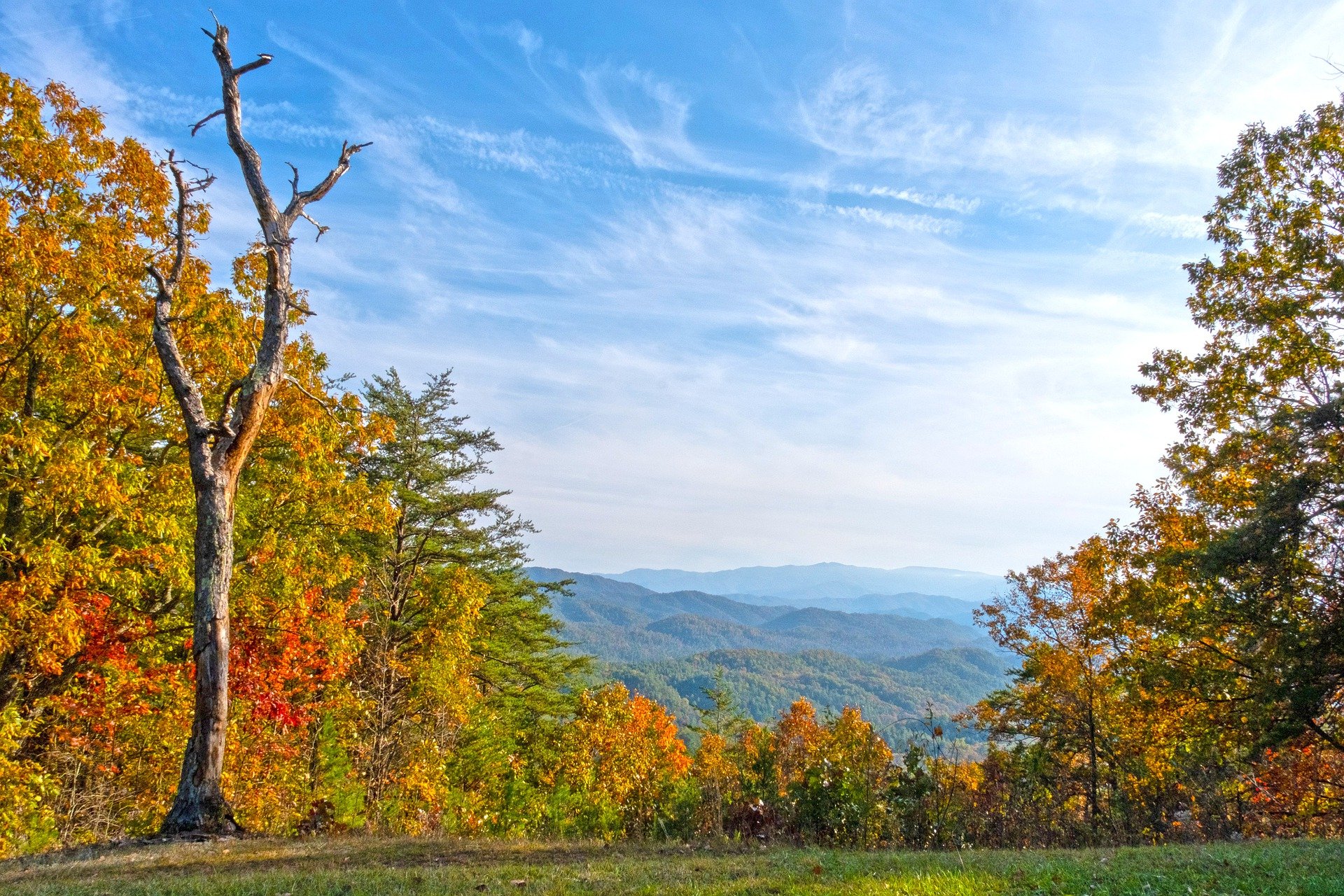Scenic Views are Valuable Assets
Some of our nation’s most precious scenic assets are the views that we enjoy of our country’s sweeping landscapes. There’s a reason that beautiful scenery drives higher tourism numbers and property values: people put a premium on scenic views.
At the same time, scenic blight can reduce property values and drive down investment and economic growth, raising social equity and environmental justice concerns.
Visual Resource Management
Despite the clear value of scenic views, many of our pristine landscapes are threatened by future development. In order to preserve and protect these scenic viewsheds, we must first identify them, catalog them, and consider the value of their impact. This practice is known as visual resource management.

Tools for Visual Resource Management
Experts in scenic conservation, geospatial research, modeling, and related fields have developed new tools to assist with this growing field of visual resource management. These tools can be used to identify scenic viewsheds, quantify the value that they provide, and to understand potential threats. Visual resource management practitioners rely on local communities to create comprehensive inventories of these scenic views so that they can be protected under easements. To be effective on the local level, these tools must be easy to access and implement without extensive technical expertise or training.
Some cities and states have already adopted practices for curating local visual resource inventories, and certain federal agencies have also established official methods for measuring visual resources. By developing scenic resource standards that are accessible and actionable, and by providing training and support, we can broaden the impact of our work. By calling attention to the economic and social impacts of scenic blight, we can create more equitable access to beauty.


